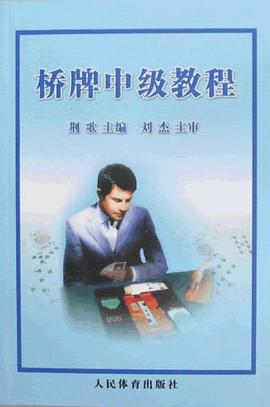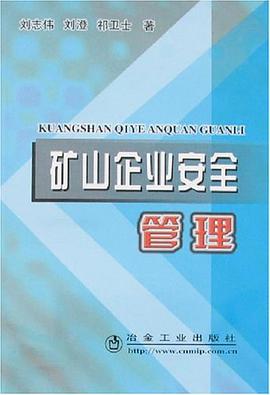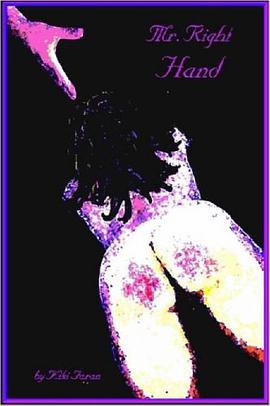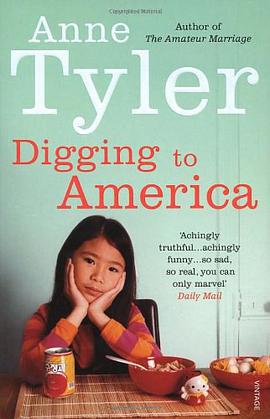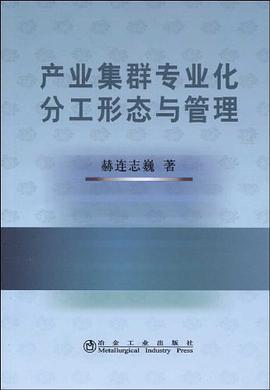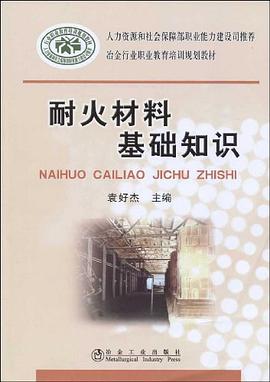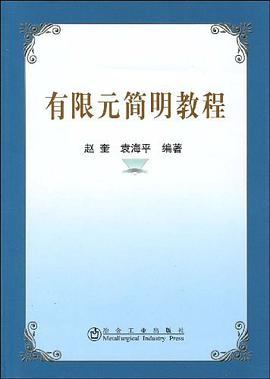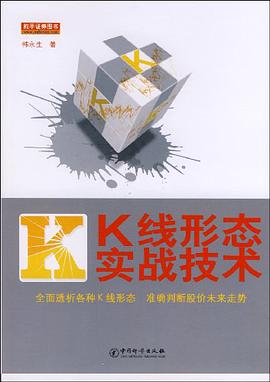

具体描述
As the last millennium dawned, Europe didn't amount to much.
Illiteracy, starvation, and disease were the norm.
In fact, Europe in the year 1000 was one of the world's more stagnant regions—an economically undeveloped, intellectually derivative, and geopolitically passive backwater.
Three short centuries later, all this had changed dramatically. A newly invigorated cluster of European societies revived city life, spawned new spiritual and intellectual movements and educational institutions, and began, for reasons both sacred and profane, to expand at the expense of neighbors who traditionally had expanded at Europe's expense.
The Revival of Europe
In this course you examine how and why Europeans achieved this stunning turnaround. By its conclusion, you will be able to describe and analyze the social, intellectual, religious, and political transformations that underlay this midsummer epoch of the medieval world.
But why were "the Middle Ages"—the period from 1000 to 1300—so designated?
Petrarch, writing in the 1300s, defined the period of "literary and artistic rot" in Europe after the sack of Rome in A.D. 410 as an Age of Darkness. The idea of the Middle Ages originates with Petrarch's concept, even though he did not use the term himself. The Latin term "medium aevum" (the Middle Age) first appeared in the 15th century.
Themes and Topics You'll Cover
The first eight lectures treat medieval society: the warrior aristocracy of knights, castellans, counts, and dukes; the free and unfree peasants whose work in the fields made the existence of medieval society possible; and the townspeople, the artisans and merchants who represented the newest arrivals on the medieval scene.
Lectures 9–16 examine the intellectual and religious history of high medieval Europe. You study monks and the monastic life, charismatic preachers such as Francis of Assisi, and theologians such as Thomas Aquinas. You examine the lives of those who found themselves outside the religious mainstream, especially the heretics and Jews of high medieval Europe.
The final eight lectures discuss the major political developments and events between 1000 and 1300, including the First Crusade, the Norman Conquest of England, and the granting of Magna Carta.
The key events, entities, and personalities you will learn about include:
The demographic, climatic, and technological changes that set the stage for Europe's resurgence
The three groups—"those who work, those who fight, and those who pray"—who formed the backbone of medieval society
An in-depth look at the renewed world of cities, artisans, merchants, and commercial exchange that shaped the high-medieval scene in crucial ways
The ongoing struggles between popes and emperors
The significance of figures as diverse as William the Conqueror, Pope Gregory VII, Abelard, Emperor Frederick II, King Philip II Augustus of France, Saint Benedict, Bernard of Clairvaux and Hildegard of Bingen
The institutions of knighthood, feudalism, the church and monasticism, the Scholastic university, and the urban guild
The situations of marginalized groups such as peasants, urban workingfolk, women, Jews, and heretics.
Attention to Detail Makes the Difference
Professor Philip Daileader's course is filled with memorable details as he unfolds this story. For example:
Europe's population doubled between 1000 and 1300. Life expectancies were probably not much higher than age 25 around 1000, but closer to 35 by 1300. In addition to the unexplained disappearance of bubonic plague and dry, warm climatic conditions known as the "little optimum," the most important factors in this growth spurt were simple farming implements—the newly introduced heavy plow and the horse collar. This allowed a growing population to have enough to eat for the first time ever.
The aristocracy's violence, especially its private wars and robbery and treatment of peasantry, was one of the great social problems of the High Middle Ages. To tame and civilize the warrior aristocracy, medieval clergy devised various methods such as the Peace and Truce of God movements, that granted immunity from nobles' violence to certain defenseless groups. Such movements were generally ineffective because clerics had to rely on religious sanctions and, ultimately, the nobles' own consciences—pledges for good behavior were generally forgotten almost immediately.
Around the year 1000, to become a knight one merely had to secure the necessary equipment. The original tournaments for knights were nothing but huge and deadly free-for-alls held in open areas with no regard for any nearby personal property. Chivalry was invented to diminish this violence. By 1300, the European nobility was a largely hereditary class with specific legal privileges. Nobles proudly proclaimed their bloodlines through coats of arms and family names (which had not existed in 1000). Knighthood was restricted to those who had undergone a specific dubbing ceremony.
The first books for manners were called "courtesy books" and written by clergy trying to curb the nobility's revolting table manners. Unfortunately, hardly anyone the books were meant for could read, so they were a complete failure.
Professor Daileader comments on the question: "Why study medieval history?"
"This question might be, and has been, answered in many ways. Let me suggest just one:
"To understand what is truly distinctive about the world in which we live, you need to know what came before.
"The modern world is the product of the medieval world. ... It is impossible to understand the thoughts and actions of Luther, Galileo, or Voltaire, for example, without understanding that in the Middle Ages all were very conscious of medieval history, and the medieval period informed what they wrote and did.
"Likewise, in order to understand such important modern events as the French Revolution or the 19th-century unifications of Germany and Italy, one must understand the Middle Ages as well, because these events were informed by the medieval past and were attempts to deal with its legacy.
"Most importantly, I hope that by the end of this course, you will share my own desire to learn and understand more about the Middle Ages, and that you will use this course as a springboard from which to launch your own deeper investigations into medieval history."
Harold McFarland, editor of Readers Preference Reviews, writes: "In a series of 24 well-crafted lectures, Philip Daileader, a professor at the College of William and Mary, leads the listener on a fascinating trip through the facts and fables of the history of the High Middle Ages. An excellent lecturer whose knowledge and enthusiasm for the subject shows through at all times, it was a pleasure to listen to the lectures."
作者简介
目录信息
读后感
评分
评分
评分
评分
用户评价
相关图书
本站所有内容均为互联网搜索引擎提供的公开搜索信息,本站不存储任何数据与内容,任何内容与数据均与本站无关,如有需要请联系相关搜索引擎包括但不限于百度,google,bing,sogou 等
© 2025 book.quotespace.org All Rights Reserved. 小美书屋 版权所有

